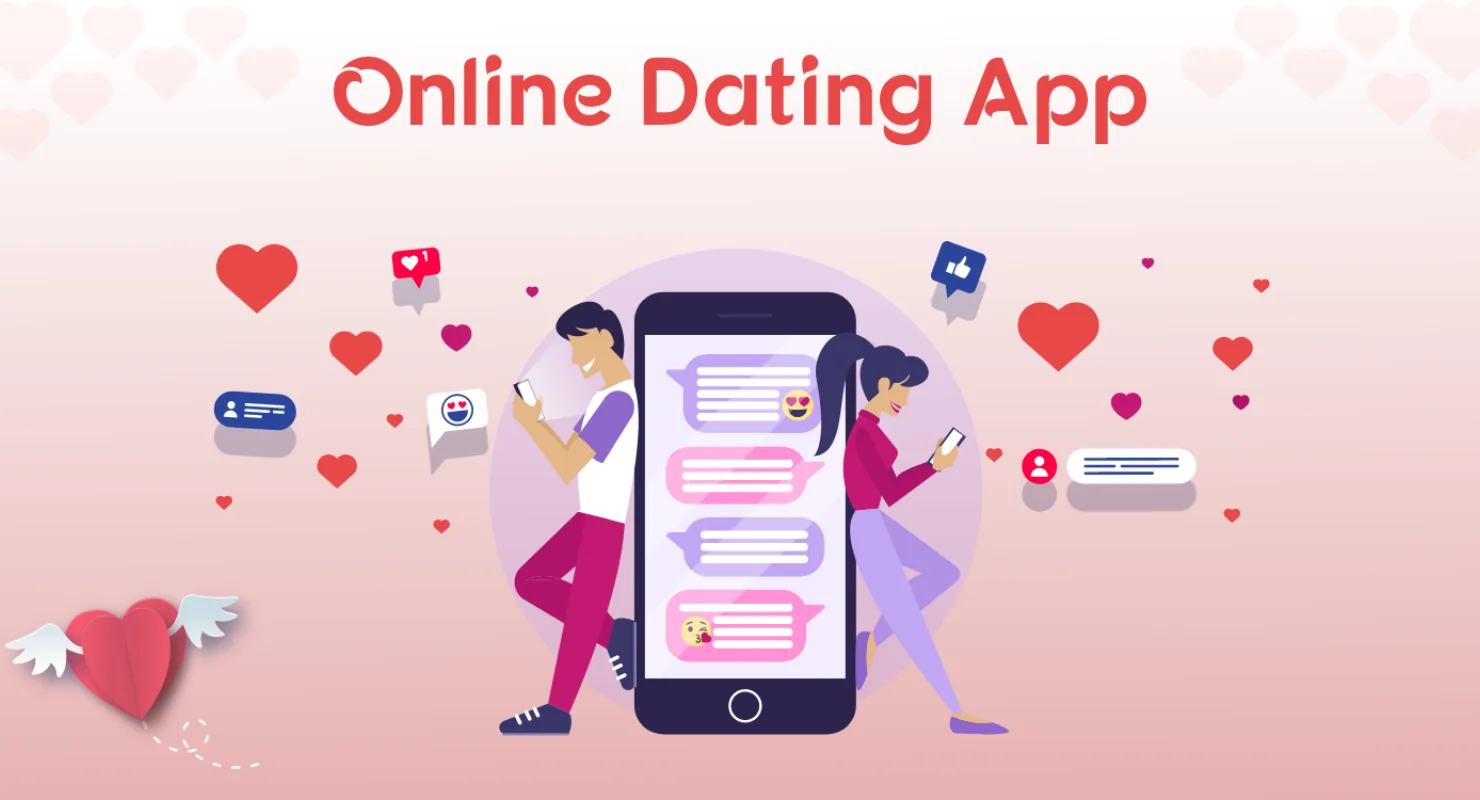OSINT Pt.6: Dating Apps & OSINT
Risks of Photos, Locations & Bio Info
Dating apps are treasure troves for OSINT investigators—and for scammers. Profile pictures, bios, and location data can reveal far more than users expect. In this final post of our OSINT mini-series, we’ll explore how small details on Tinder, Bumble, or Hinge can become big vulnerabilities.

Dating apps combine selfies, bios, and geolocation into one place—perfect for finding love, but also perfect for OSINT investigations and scams.

Why Dating Apps Are OSINT Goldmines
Dating apps are unlike any other platform because they encourage oversharing in a concentrated format. A profile often contains:
- Multiple personal photos (with varying backgrounds).
- A biography that highlights job, school, or hobbies.
- Location-based matching that reveals your approximate distance.
- Optional connections to Instagram, Spotify, or even LinkedIn.
This combination makes dating apps one of the richest OSINT sources for both legitimate investigators and malicious actors.
Photos as Identifiers
Photos are the most obvious starting point.
- Reverse image searches can reveal if a photo appears on other platforms like LinkedIn, Instagram, or Facebook.
- Unique features in the background (landmarks, signs, logos, house interiors) can geolocate the image.
- Consistency across multiple photos can reveal an entire lifestyle—cars, pets, favorite bars, or travel routines.
Case Study: Investigators exposed a fake “military officer” on Tinder by reverse searching his photos, which actually came from a U.S. stock photo site. Within minutes, they tied the scammer’s persona to dozens of cloned accounts.
Analyst Angle: Reverse searching is often the first pivot in romance scam investigations.
Public Tip: Never use photos on dating apps that are also visible on your professional or family accounts.
Location Data Leakage
Even when apps hide precise GPS, they leak approximate distance.
- By opening the app from different locations, attackers can triangulate exact positions.
- Over time, activity logs reveal patterns—where someone usually swipes, when they’re online, and even when they are traveling.
- When matched with external data like Instagram posts, these patterns can pinpoint home addresses or daily routines.
Case Study: A researcher demonstrated how Tinder’s “distance in miles” feature could be abused. By spoofing location at three points around a target, he pinpointed their apartment block with meter-level accuracy.
Public Tip: Don’t swipe from your home or workplace. Use generic public areas to mask your true location.
Bios and Oversharing
Bios provide textual OSINT that can be cross-referenced.
- Many people list job titles, employers, or schools. This information leads directly to LinkedIn profiles.
- Quirky usernames or Instagram handles in bios allow immediate cross-platform pivoting.
- Hobbies or niche interests provide scammers with conversation hooks to build rapport.
Case Study: A scammer mirrored a victim’s favorite football team (listed in their bio) to gain trust, eventually tricking them into a fake ticketing scam.
Public Tip: Keep bios light and vague. Avoid listing your workplace, specific school, or niche identifiers that make you easy to track.
Linked Accounts and Crossovers
Many apps encourage linking Instagram, Spotify, or Snapchat. This creates direct cross-platform ties.
- A linked Instagram reveals hundreds of extra photos and posts.
- Spotify playlists can expose personal moods, routines, or even religious/political leanings.
- Snapchat usernames often tie back to broader friend networks.
Case Study: Investigators unmasked a fraudster running multiple Tinder accounts because all of them linked to the same Spotify account.
Public Tip: Resist linking external accounts. They add unnecessary exposure for minimal dating value.
Tools and Techniques for Dating App OSINT
- Reverse image search (Google Lens, TinEye, Yandex) – for photos.
- Username correlation (Sherlock, Maigret, Social Analyzer) – for bios and handles.
- Geolocation triangulation – from distance leaks.
- Cross-platform pivoting – bios and linked accounts.
- Metadata extraction – from raw photo uploads (rare, but valuable).
Analyst Angle: Scammers often recycle usernames or photos across dozens of dating sites. These tools help map networks of fraudulent accounts.
Real-World Impact
- For scammers: Dating apps provide the perfect hunting ground for romance fraud, investment scams, and identity theft.
- For investigators: They’re an entry point into broader networks of sockpuppets and fake accounts.
- For everyday users: Small details like workplace or photos can expose full identities, home addresses, and routines.
Case Study: The FBI’s 2024 Internet Crime Report showed romance scams caused over $800 million in reported losses, much of it initiated on dating apps.
Protecting Yourself on Dating Apps
- Use unique photos not shared elsewhere.
- Keep bios vague: hobbies are fine, employers are not.
- Don’t connect Instagram, Spotify, or Snapchat accounts.
- Swipe only from neutral locations (cafés, public areas).
- Rotate usernames—don’t reuse handles across platforms.
- Treat dating apps as public spaces, not private chats.
Key Takeaway
Dating apps compress personal data into a neat package that’s invaluable for OSINT and dangerous for privacy.
- To strangers, they reveal identity, routines, and interests.
- To scammers, they are the fastest path to exploitation.
- To analysts, they expose large-scale fraud networks.
The defense is awareness: keep personal details vague, avoid account linking, and treat every app interaction as if the world is watching.
End of Series: This concludes our OSINT mini-series. Future posts will dive into specialized investigations and advanced OSINT techniques.


